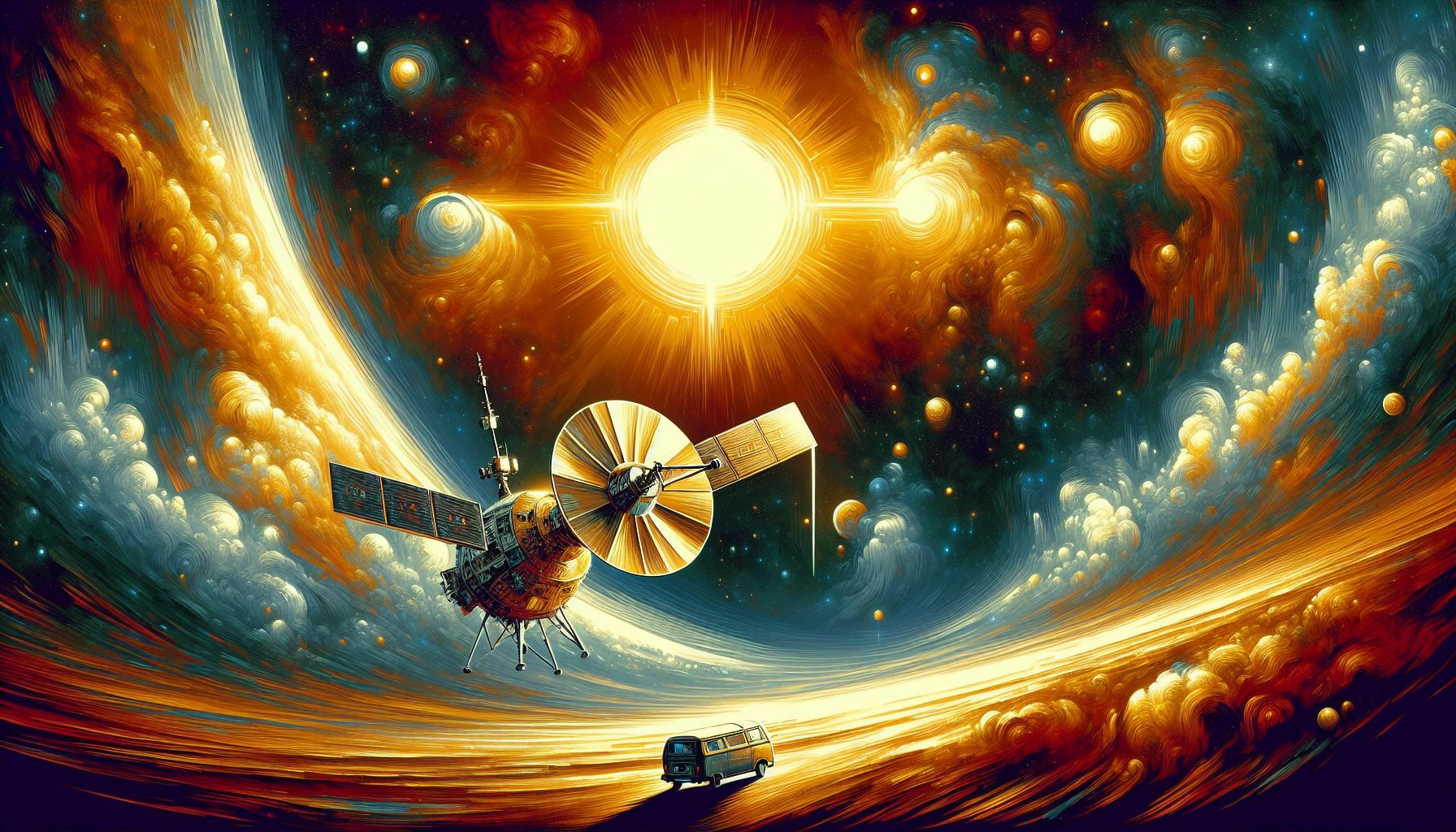NASA Revives Ancient Thrusters on Voyager 1, 24 Billion Kilometers from Earth

Washington, D.C., Wednesday, 18 September 2024.
In a remarkable feat of engineering, NASA has successfully reactivated 47-year-old thrusters on Voyager 1, the most distant human-made object in space. This critical maneuver, executed from an astounding distance of 24 billion kilometers, ensures continued communication with the iconic spacecraft as it explores interstellar space.
The Persistence of Voyager 1
Voyager 1, launched in 1977, has far exceeded its initial mission objectives, which included exploring the outer planets such as Jupiter and Saturn. Now traversing the expansive interstellar space, the spacecraft has encountered numerous technical challenges. Notably, its thruster fuel tubes have been prone to clogging due to silicon dioxide buildup, a byproduct of a degrading rubber diaphragm in the fuel tank[1].
Ingenious Solutions Amidst Challenges
The recent thruster activation was not a straightforward task. NASA engineers had to plan meticulously, considering the nearly 23-hour communication delay between Earth and Voyager 1[1]. The team decided to switch to a different set of thrusters to address the clogging issues. This decision required careful balancing of the spacecraft’s limited power and aging systems to avoid further damage[2].
Coping with Power and Temperature Constraints
One of the significant hurdles was the spacecraft’s diminishing power supply, sourced from an aging nuclear power source. To conserve energy, NASA had previously shut down several non-essential systems, including heaters. This made it critically important to warm the thrusters before activation, a process that required turning on a heater for just one hour to prevent any damage due to the cold[3].
Successful Reorientation and Future Prospects
On August 27, 2024, NASA confirmed the successful reorientation of Voyager 1 using the newly activated thrusters. This maneuver was crucial for maintaining the spacecraft’s orientation towards Earth, ensuring continued data transmission[4]. Voyager 1 will now continue its journey deeper into interstellar space, with NASA aiming to keep it operational until at least its 50th anniversary in 2027[5].
Implications for Future Space Missions
The successful activation of Voyager 1’s thrusters underscores NASA’s ingenuity and persistence. This achievement not only prolongs the life of an iconic mission but also provides valuable lessons for managing aging spacecraft in extreme conditions. The insights gained from Voyager 1’s ongoing mission could inform future interstellar exploration endeavors, pushing the boundaries of human knowledge and technological capability[2].

